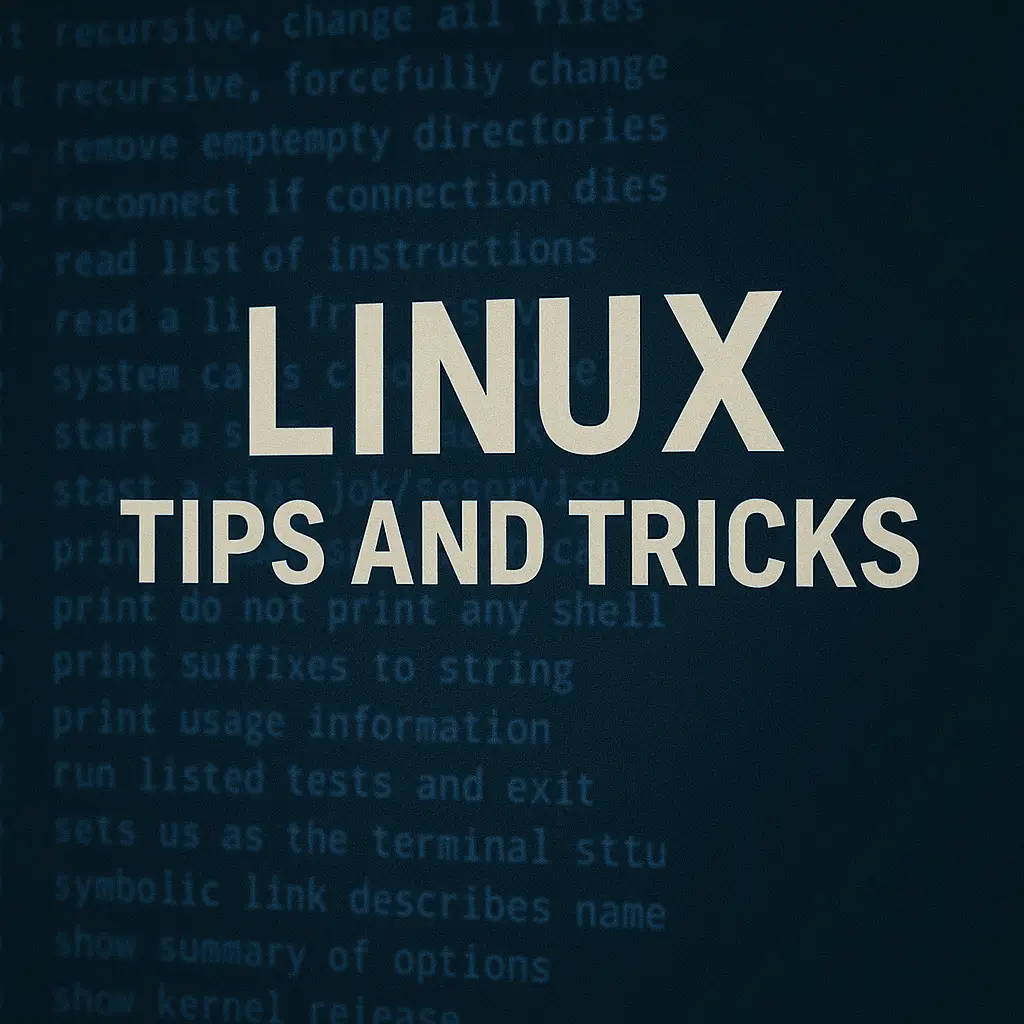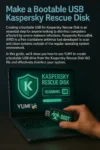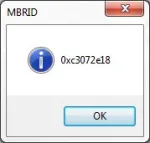Make a Bootable USB Kaspersky Rescue Disk
Creating a bootable USB for Kaspersky Rescue Disk is an essential step for anyone looking to disinfect computers affected by severe malware infections. Kaspersky Rescue Disk (KRD) is a free standalone antivirus tool developed to scan and clean systems outside of the regular operating system environment. In this guide, we'll show you how to use YUMI to create a bootable USB drive from the Kaspersky Rescue Disk ISO file and effectively disinfect your system. This approach is particularly useful if malware has made it difficult to run regular antivirus software on your OS.




